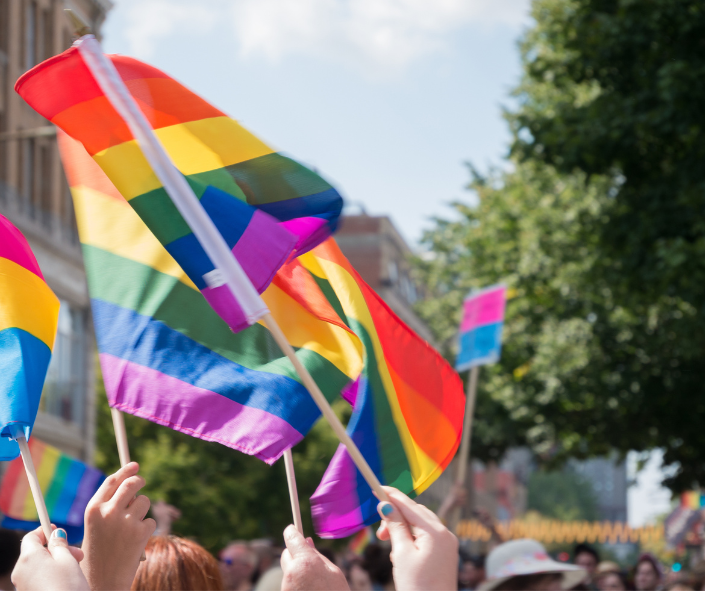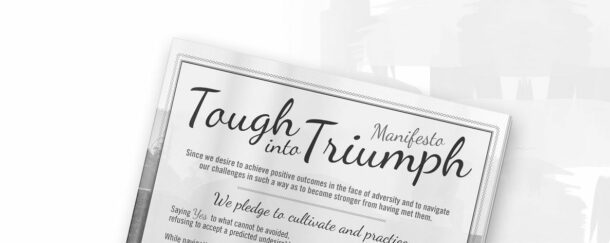
On a return flight to Pittsburgh earlier this week I listened again to the audio version of my now 10-year-old memoir, Warrior Mother, Fierce Love, Unbearable Loss, and Rituals that Heal. This refreshed my memory of what a struggle my youngest son Ken had with self-acceptance and the ability to take care of himself. Someone once asked him how he contracted AIDS? His answer– “low self-esteem.” Having a mother who was a therapist, trained and practiced in exhibiting empathy and acceptance, didn’t always help. In his late teens Ken came to me crying when someone labeled him “gay.” Remembering the first Gay Pride Parade I had viewed in New York City that I had told him about at the time, and that it had included parents who marched under the banner of PFLAG, (Parents, Families, and Friends of Lesbians and Gays), I said, “If you are gay, I will march for you, but that is a decision for you to make.” Later, he explained about what he called, his own “homophobia.” He didn’t want to be gay, given the way gay people were treated in the larger culture of that time.
Our relationship was strongly impacted when as a young adult Ken began lying to me, in situations where telling the truth would have worked way better. One morning when he had come home in the wee hours of the morning, he began relaying a story of what had happened the previous evening. I confronted him, “Ken, I don’t know the truth of last night or what happened, but I know what you are telling me isn’t it. I wonder, what is it you don’t want me to know? And looking around the kitchen searching for an example I said, “that you were with a man last night?” By the look on his face, I knew I had guessed right. I had outed him.”
June is Pride Month, a celebration of lesbian, gay, bisexual, and transgender pride that is now celebrated throughout the western world. The event began after the Stonewall riots in New York City in 1969. The celebration has grown through the years with the University of California San Francisco Medical Center adopting a set of values organized under the acronym PRIDE: Professionalism, Respect, Integrity, Diversity and Excellence. The art symbol, now ubiquitous on clothing and merchandise of all kinds is the multi-colored rainbow flag, holding up the values of diversity and inclusion.
Because the disease labeled initially “gay cancer” was first discovered in the US in gay men, gay men saw the need to come together as a community to advocate for themselves. Practically ignored by the CDC, the disease ballooned into the world-wide pandemic AIDS, causing the death of 324,000 people in the US between 1987 and 1998. By 1995, ten percent of the over one million and a half men aged 25-44 who identified as gay had died – a literal decimation of this cohort of gay men born between 1951-1970. (My son was born in 1966.)
During this time, when friends were dying daily, when the community shunned someone for being gay, lest they might contract the disease from them, the men organized to end the silence that they saw was causing death. (Silence = Death!) They demonstrated in Act Up, daily acts of civil disobedience to focus attention on the need for research, treatment, and legislation to address the AIDS crisis. Pride parades grew in popularity when it became clear that people living in the shadows of shamed sexuality needed to publicly embrace who they really were to be able to take care of themselves. Generating community support was necessary for that to become a reality.
With the success of the LGBT Pride movement has come resistance, even retaliation.
The expansion of Florida’s “don’t say gay laws” and other anti-LGBTQ bills which ban instruction about sexual orientation and gender identity in education are leading to the banning of books, films, and other artistic expressions. Violence and the threat of it has caused companies like Target to take Pride promoting clothing and other items off their shelves, and a beer company to cancel a promotion to trans customers and apologize to their delivery people who have faced negative incidents.
But neither grief nor fear nor wishes for a return to a simpler time, nor laws that ban books or courses will succeed in shutting down a growing reality. According to Gallup, the percentage of people who identify as something other than heterosexual has doubled in the last 10 years from 3.5 percent in 2012 to 7.1 percent in 2022. And 21% of the youngest adults 18 to 25, Generation Z, identify as LGBTQ, particularly bisexual, which almost doubles the proportion of Millennials, the group that is just ahead of them who are 26 to 41 years old.
So, what can therapists, teachers, and parents do for our children in this time of rapid social change, that will not confuse them or stigmatize people who are different from the established norms of sexual orientation or gender identity?
- Deal with the grief of our own unrealistic expectations that we can protect our children from anything that will influence them in a direction away from our own expectations of who we want them to become.
- Encourage learning about and acceptance of differences, not only about gender and sexual orientation, but many other differences such as race, religion, and cultural practices. Curiosity doesn’t have to mean adoption.
- Be encouraged that, once you and your children know a neighbor, a co-worker, a politician, a movie star, or sports figure who identifies as LGBTQ, it will generate an attitude of acceptance or encourage an attitude of “live and let live” to grow.

